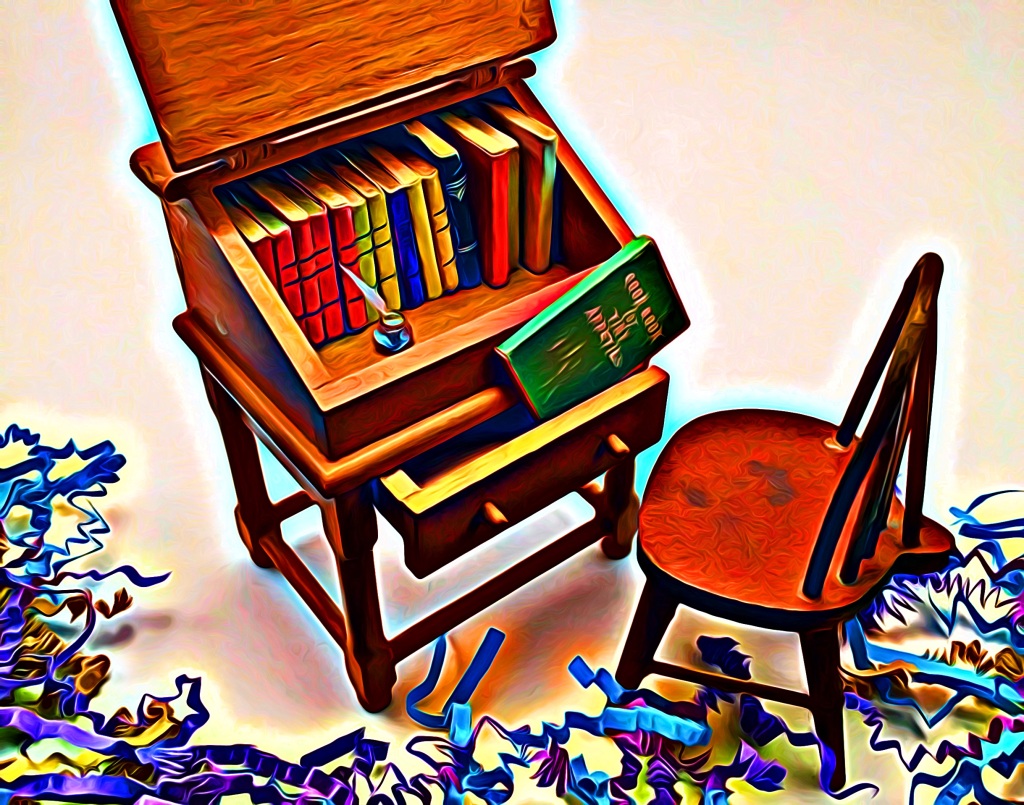Thanks to TW Robinson.
Stay away from “publishers” who want to charge you for publishing. If they ask you for a fee at any time, at any point, for any reason, you are being conned. There are no exceptions.
HERE’S HOW VANITY AND HYBRID PUBLISHERS WORK…
They charge authors to publish their books.
They make money from authors.
• They don’t make money from book sales.
• Anyone can be published that pays them money.
• There are no standards that are upheld.
• No story is too boring, bad, or horribly written for them.
• Book sales are irrelevant to them.
• The author and vanity publisher split profits.
• The majority of royalties are usually split 50/50.
• The vanity publisher usually wants the rights to the book.
HERE’S HOW TRADITIONAL PUBLISHERS WORK…
• They pay the author.
• An author is never asked for a fee, ever.
• They make money from book sales, not the author.
• Very few authors are chosen.
• They have high standards.
• The story must be approved and marketable.
• Book sales are what keeps them in business.
• The author and publisher split profits.
• The majority of royalties usually goes to the publisher.
• The publisher wants the rights to the book.
HERE’S HOW SELF-PUBLISHING WORKS…
• The author writes the book.
• The author edits or hires his/her own editor.
• The author formats his/her book or hires someone to do it.
• The author makes a cover or hires a cover designer.
• The author publishes the book themselves.
• The author markets the book themselves.
• The author keeps all the profits.
• The author keeps all the rights.
HERE ARE EXAMPLES OF SELF-PUBLISHED BOOKS…
These authors have made over a million dollars:
• Catharina Maura – The Temporary Wife
• Amanda Hocking – Switched
• Hugh Howey – WOOL
• Sarra Cannon – Beautiful Demons
• Alessandra Torre – The Ghost Writer
HERE’S EXAMPLES OF TRADITIONALLY PUBLISHED BOOKS…
These authors have made over a million dollars:
• Suzanne Collins – The Hunger Games
• Stephen King – The Shining
• Danielle Steel – High Stakes
• John Grisham – The Firm
• Anne Rice – Interview with the Vampire
HERE ARE EXAMPLES OF VANITY PUBLISHED BOOKS…
• Five authors you’ve never heard of.
• Five books you’ve never heard of.
• None made significant money at all.










